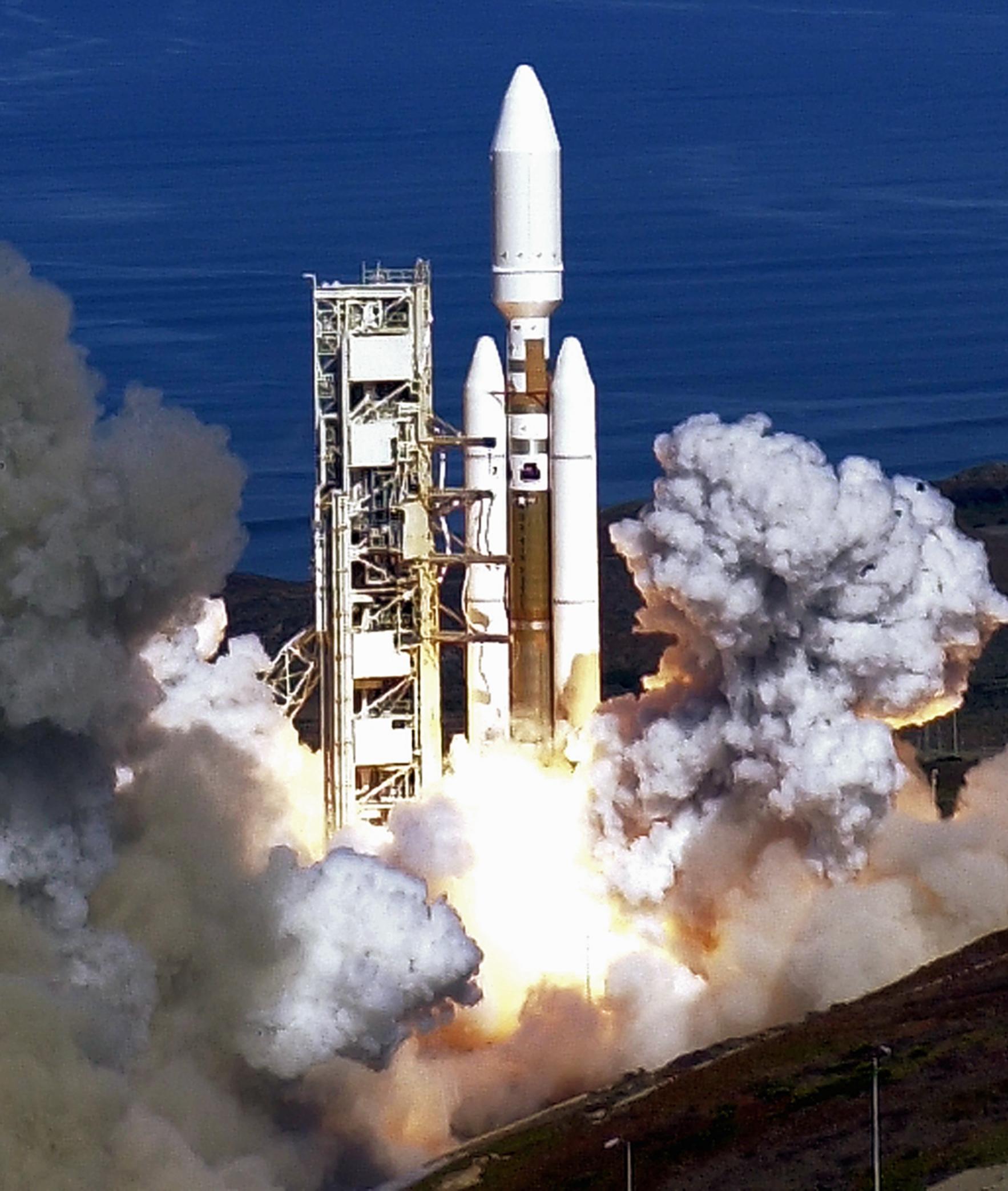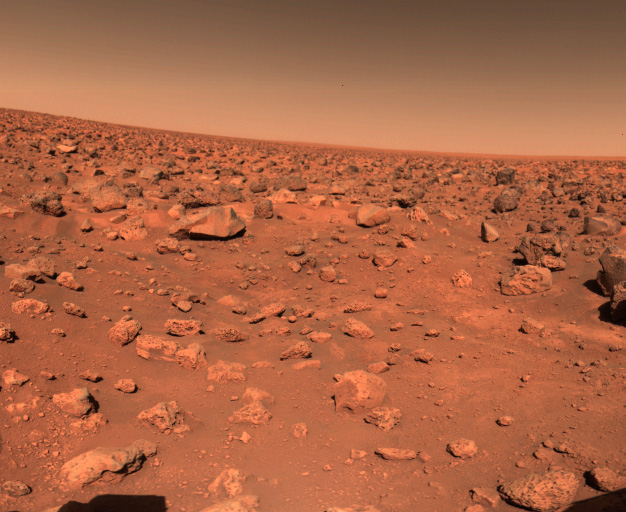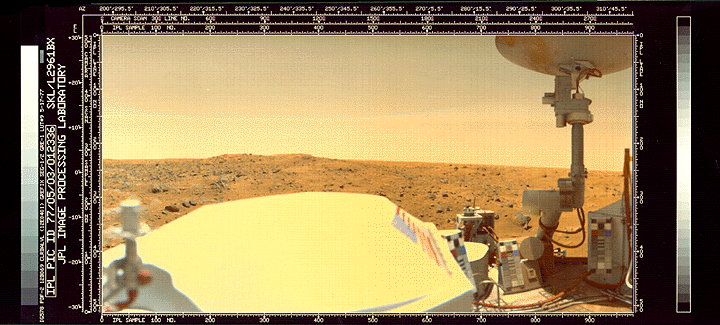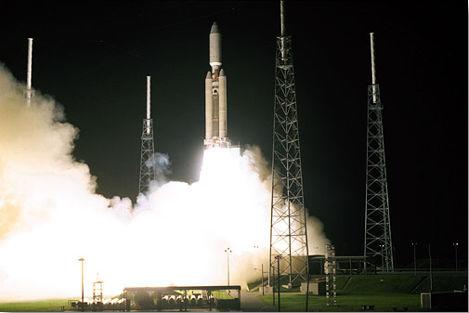Thirty-five years ago today — January 15, 1976 — a Titan-IIIE rocket with Centaur upper stage launched from Cape Canaveral carrying the Helios-B spacecraft on a unique deep-space mission.
Helios-B was developed by the Federal Republic of Germany, but as a cooperative program with NASA it carried both German and U.S. experiments. Its mission was to characterize the “interplanetary medium” inward from Earth’s orbit. Within only a few months, Helios-B had reached perihelion — the closest point in its orbit to the Sun — at a distance of 43.432 million kilometers (26.987 million miles, or 0.29 astronomical units), meaning that it was closer to the Sun than the planet Mercury. That’s the closest any space probe has ever gotten to the Sun.
From sending probes into space to welcoming them home …
Fast forward 30 years, to January 15, 2006, when the Stardust capsule returned to Earth with samples taken around the vicinity of Comet Wild-2.

(Microscopic view of one of the “Calcium Aluminum Inclusion” particles returned to Earth by the Stardust mission. NASA image.)
Scientists have been studying the materials trapped in Stardust’s aerogel, with surprising results including “a remarkable set of minerals that form at extremely high temperature” and the amino acid, glycine. Pretty amazing, considering the capsule entered the Earth’s atmosphere at over 28,000 miles per hour: the fastest-ever reentry of anything we’ve ever sent into space.
[BREAK, BREAK]
In other news, the first day of the MarsCon science fiction & fantasy convention went well. (Nothing like showing up at a panel to provide moral support and being invited to participate.) Today I’m sequestering myself, trying to finish writing a short story before I venture back out. That’s my next task, as soon as this post is live … wish me luck.













